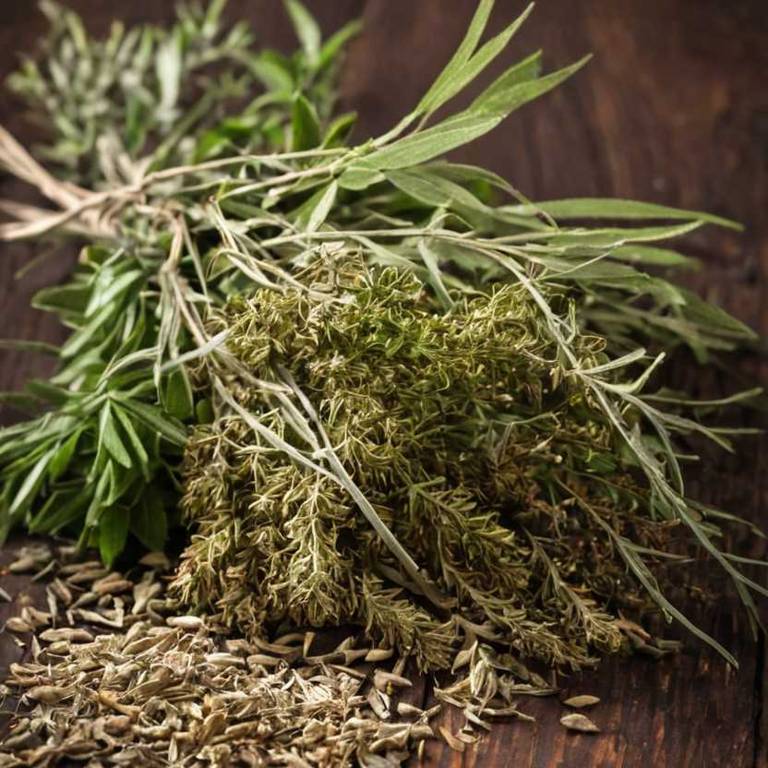By Leen Randell
Updated: Jul 20, 2024
10 Medicinal Constituents Of Salix Alba (White Willow)

Salix alba has active constituents such as salicin, flavonoids, and polyphenols.
These constituents exhibit analgesic, anti-inflammatory, and anti-arthritic properties. Salicin, the primary bioactive compound, has been shown to provide relief from pain and reduce inflammation, making it effective in managing conditions such as rheumatoid arthritis, menstrual cramps, and headaches.
Its medicinal properties can improve people's lives by alleviating chronic pain, promoting better sleep, and enhancing overall quality of life.
This article explains in details the 10 best active constituents of Salix alba.
1. Salicin
Salix alba salicin is a key active compound found in the bark of this deciduous tree.
It has been used for centuries to treat various ailments, including pain relief, fever reduction, and inflammation. Salicin is similar in structure to aspirin and exhibits analgesic and anti-inflammatory properties, making it a natural alternative for managing conditions such as arthritis, headaches, and menstrual cramps.
Its therapeutic benefits have led to its widespread use in traditional medicine.
2. Flavonoids (quercetin, kaempferol)
Salix alba flavonoids (quercetin, kaempferol) is a complex of bioactive compounds that has been extensively studied for its potential health benefits.
Quercetin, a major flavonoid in Salix alba, exhibits antioxidant and anti-inflammatory properties, which may contribute to its traditional use in treating pain and inflammation.
Kaempferol, another prominent flavonoid, has been shown to possess antimicrobial and anticancer activities, making it a promising natural compound for the development of novel therapeutic agents.
3. Tannins
Salix alba tannins is a type of polyphenolic compound found in its bark.
These tannins are responsible for the plant's astringent properties and have been used for centuries to treat various health issues, including pain relief, fever reduction, and digestive problems.
The tannins in Salix alba have also been shown to exhibit anti-inflammatory and antioxidant effects, making it a popular ingredient in herbal remedies and supplements.
4. Catechins
Salix alba catechins is a type of polyphenolic compound found in its bark.
These powerful antioxidants have been studied for their potential health benefits, including anti-inflammatory and antimicrobial properties.
Catechins from Salix alba have been shown to exhibit antioxidant activity, inhibit the growth of certain bacteria and viruses, and even demonstrate neuroprotective effects.
5. Flavonol glycosides
Salix alba flavonol glycosides is a group of bioactive compounds found in its bark and leaves.
These glycosides have been shown to possess various biological activities, including antioxidant, anti-inflammatory, and antimicrobial properties.
They have been traditionally used in folk medicine for the treatment of pain, fever, and inflammation, and have also been studied for their potential use as natural preservatives or additives in food products.
6. Chalcones
Salix alba chalcones is a class of bioactive compounds isolated from its bark.
These yellow pigments have been traditionally used in traditional medicine for their analgesic and anti-inflammatory properties.
Studies have shown that salicin, the primary component of Salix alba chalcones, exhibits potent antioxidant activity, which may contribute to its therapeutic effects on pain relief and inflammation reduction.
7. Anthraquinones (alizarin, emodin)
Salix alba anthraquinones (alizarin, emodin) is a group of bioactive compounds found in its bark.
Alizarin, the most prominent constituent, has been used for centuries in traditional medicine to treat pain and fever, while emodin exhibits antiviral and antibacterial properties.
These anthraquinones have also been shown to possess antioxidant and anti-inflammatory activities, making them a promising area of research for the development of novel therapeutic agents.
8. Quassinoids
Salix alba quassinoids is a class of bioactive compounds isolated from its bark.
These quassinoids have been found to possess potent anti-inflammatory and analgesic properties, making them a potential therapeutic target for the treatment of various inflammatory disorders.
In addition, they have been shown to exhibit antioxidant and antimicrobial activities, further highlighting their medicinal value.
9. Saponins
Salix alba saponins is a type of bioactive compound found in its bark and leaves.
These glycosides are responsible for the plant's medicinal properties, providing anti-inflammatory and analgesic effects when consumed or applied topically.
Salix alba saponins have been traditionally used to treat pain and reduce fever, and modern research has confirmed their efficacy in relieving symptoms of arthritis, headaches, and other conditions.
10. Glycosides
Salix alba glycosides is a group of bioactive compounds found in the bark of this tree species.
These glycosides are responsible for the analgesic and anti-inflammatory properties of Salix alba extracts, which have been used for centuries to treat various health conditions such as headaches, fever, and joint pain.
They work by inhibiting the production of prostaglandins, which contribute to pain and inflammation.